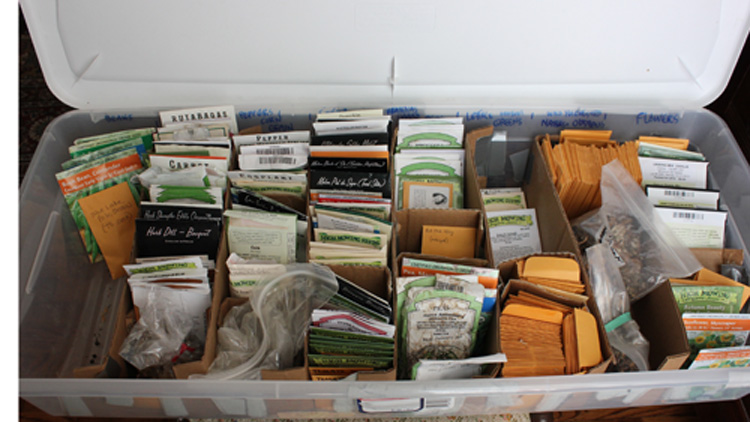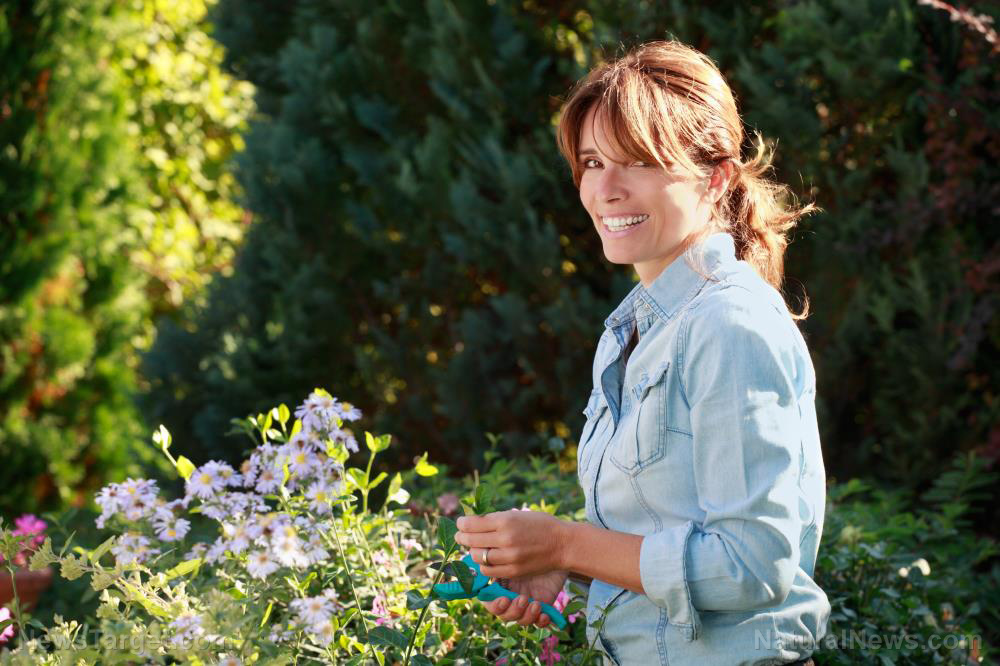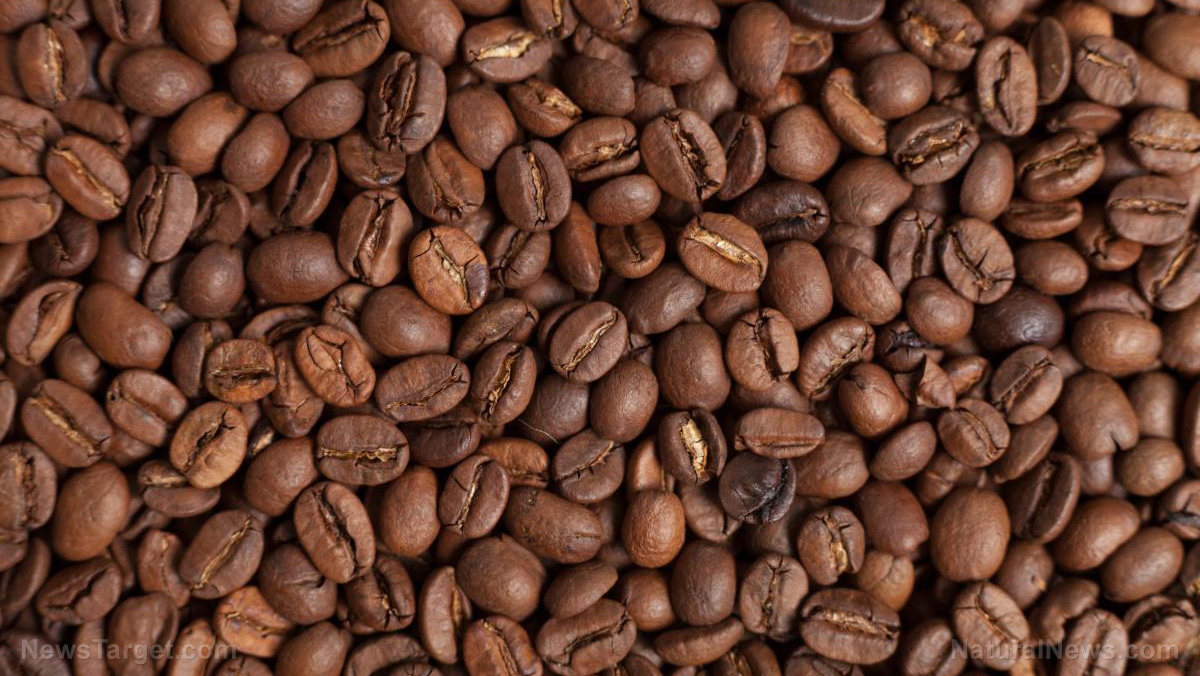Double whammy: Traditional agriculture’s crop diversity depends on the pollinators it is killing, threatening the food supply
05/22/2020 / By Janine Acero

A group of multinational researchers has assessed the connection between trends in crop diversity and agricultural reliance on pollinators and found that the increasing reliance on pollinators, combined with an absence of crop diversity, may threaten agricultural stability.
Worldwide agribusiness has expanded at a rapid pace in recent decades, especially in regions that once supported tropical and subtropical forests, and it has become progressively pollinator-dependent. This trend can be credited to the agricultural expansion of pollinator?dependent crops, which include mostly oilseed, nut and fruit crops. Meanwhile, crops not reliant on pollinators, which include staples like cereal grains, have experienced a much lower rate of expansion.
While agricultural expansion itself is a significant reason for pollinator decline through habitat loss and the use of pesticides and herbicides, the researchers believe that the threats to pollinators may be partially mitigated by cultivating more pollinator?dependent crops.
Planting of pollinator-dependent crops has increased
In a study published in the journal Global Change Biology, researchers assessed annual data from the U.N. Food and Agriculture Organization from 1961 to 2016. They found that the worldwide zone developed in crops that require fertilization by honey bees and other bugs extended by 137 percent, while crop diversity expanded by simply 20.5 percent.
The researchers noted the unevenness as an issue; agriculture dominated by only a couple of types of crops will most likely give sustenance to pollinators during a limited period of time, when the harvests are blooming. Maintaining agricultural diversity by growing an assortment of yields that sprout at various times of the year can give a stable source of food and habitat for these beneficial insects.
“This work should sound an alarm for policymakers who need to think about how they are going to protect and foster pollinator populations that can support the growing need for the services they provide to crops that require pollination,” said David Inouye, professor emeritus of biology at the University of Maryland and co-author of the research paper.
A huge part of the global agricultural expansion and increase in pollinator dependence between 1961 and 2016 resulted from mass-cultivation of soybean, canola and palm crops for oil. The large-scale cultivation of these crops represents the rapid expansion of industrial farming practices such as large monocultures and pesticide use — which pose a significant threat to pollinators and ultimately the environment.
Some countries are more vulnerable
Brazil, Argentina, Paraguay and Bolivia are especially defenseless against potential agricultural instability; the expansion of pollinator-dependent soybean farms has driven deforestation and replaced the rich biodiversity that supports healthy populations of pollinators with large-scale single-crop farming, or monoculture. Malaysia and Indonesia face a comparable situation from mass-cultivation of palm oil.
“Farmers are growing more crops that require pollination, such as fruits, nuts and oilseeds, because there’s an increasing demand for them and they have a higher market value,” Inouye said.
“This study points out that these current trends are not great for pollinators, and countries that diversify their agricultural crops are going to benefit more than those that expand with only a limited subset of crops.”
Other countries also face risks from growing dependence on pollinators.
In Europe, pollinator-dependent crops are replacing non-pollinator-dependent crops such as rice and wheat, which are pollinated by wind. The researchers noted that the increasing need for pollination services without corresponding increases in diversity can result in agricultural instability in places like Australia, the U.K., Germany, France, Austria, Denmark and Finland.
In the U.S., agricultural diversity has not kept pace with the expansion of mass-cultivation of soybeans.
“This work shows that you really need to look at this issue country by country and region by region to see what’s happening because there are different underlying risks,” Inouye said.
“The bottom line is that if you’re increasing pollinator crops, you also need to diversify crops and implement pollinator-friendly management.”
The researchers firmly believe that their study will prod policymakers to rethink current patterns and practices to develop more pollinator-friendly management, starting with diminishing pesticide use; planting edge rows and flower strips that can serve as habitat and food source for pollinators; and reestablishing seminatural and natural areas surrounding crops.
Learn more about the crucial role that pollinators play in agriculture and the environment at Bees.news.
Sources include:
Submit a correction >>
Tagged Under:
agribusiness, agriculture, bees, biodiversity, deforestation, Ecology, environment, farming, food supply, industrial farming, insects, monocultures, palm oil, plantations, pollinators, soybean
This article may contain statements that reflect the opinion of the author
RECENT NEWS & ARTICLES
COPYRIGHT © 2017 GREEN LIVING NEWS





















